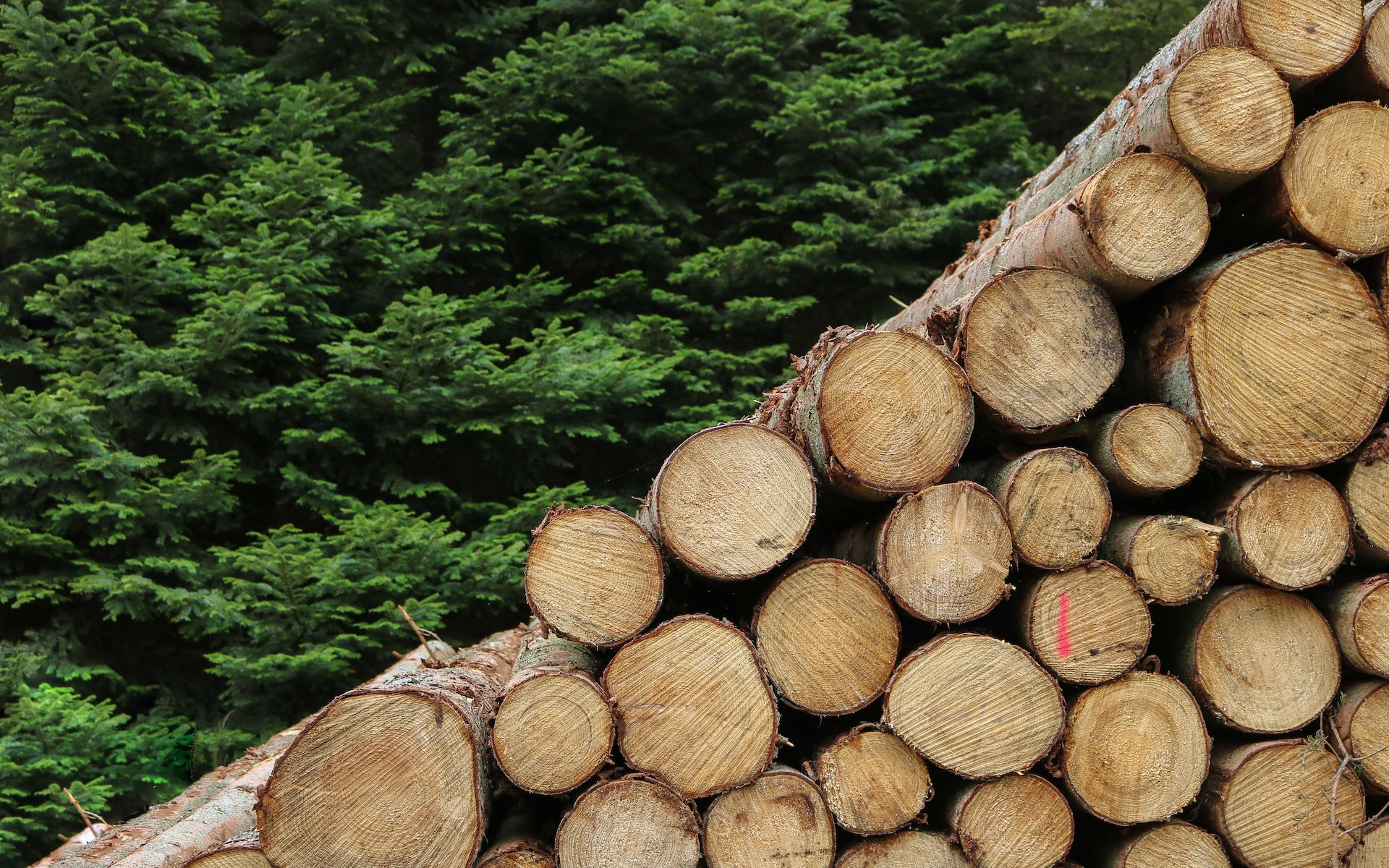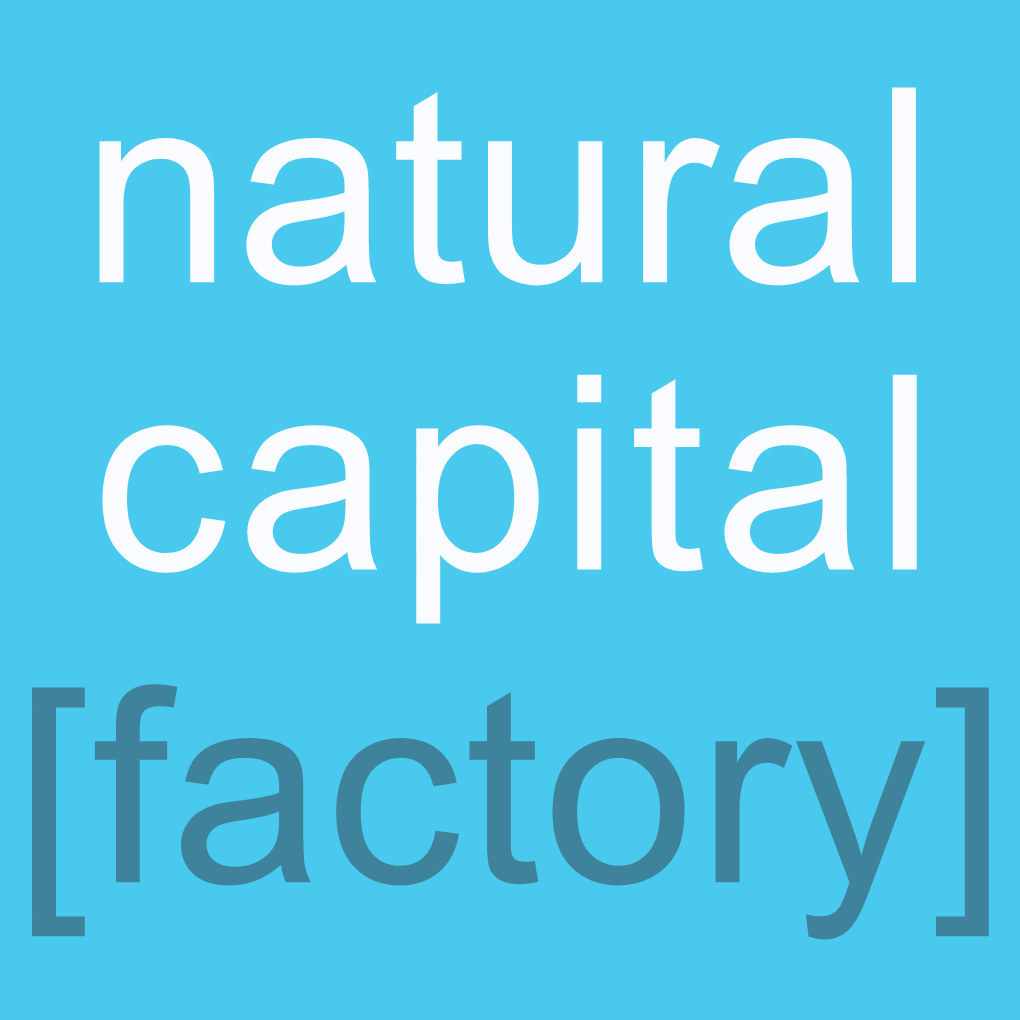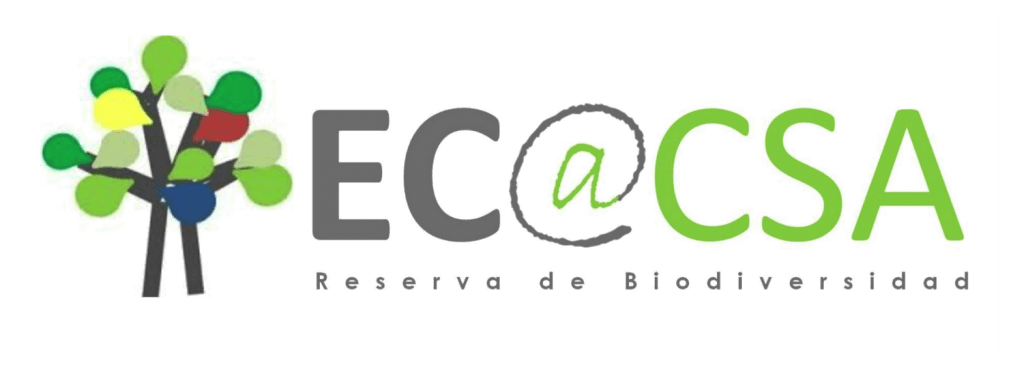This study captures the development of an ecosystem accounting system to estimate biophysical and total income indicators for each product. Ecosystem products are grouped into private and public activities and measured in a manner consistent with the exchange value principle of standard national accounts. Private outputs include timber, cork, fuelwood, forest conservation, grazing, livestock, hunting, crops and private services, while public outputs include fungi, carbon, water, public recreation, landscape and threatened biodiversity services.
The accounting approach revises and extends the standard income accounts of the agriculture and forestry sector by incorporating intermediate products, natural growth, private services, carbon sequestration and capital gain. In addition, the approach extends to the standard revenue accounts of the government sector by including the economic value of consumption of public final products delivered by ecosystems based on simulated prices for non-commercial products.
The agroforestry accounting system was applied to a group of 39 case studies of agroforestry farms in Andalusia. Results were provided for two agroforestry groups: publicly owned coniferous forests and privately owned dehesa. Total income reached, on average, 140 euros per hectare in coniferous forests, and 352 euros per hectare in dehesa.
Natural growth of cork and private services are the main products explaining private income in dehesas. Forestry products, in particular natural growth of timber and intermediate products from conservation forestry, are the main sources of private income in coniferous forests. Public revenues from non-market products are the main contributors to the total income in grasslands and forests.

- Unsplash.com
Ecosystem accounting for measuring total income in private and public agroforestry farms
Main author
Year
Labels
- natural capital accounting
- agroforestry

